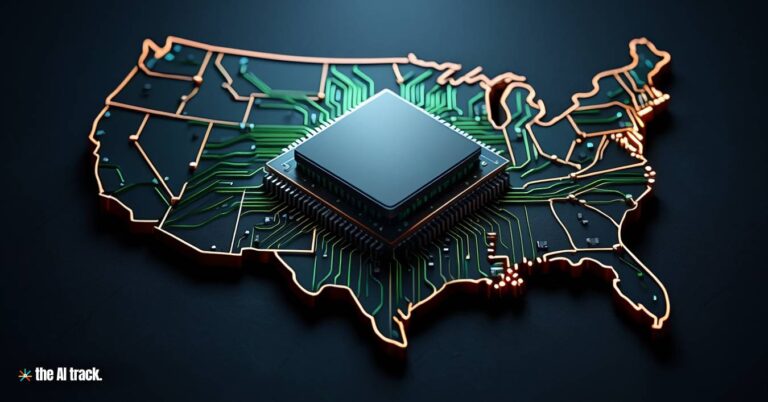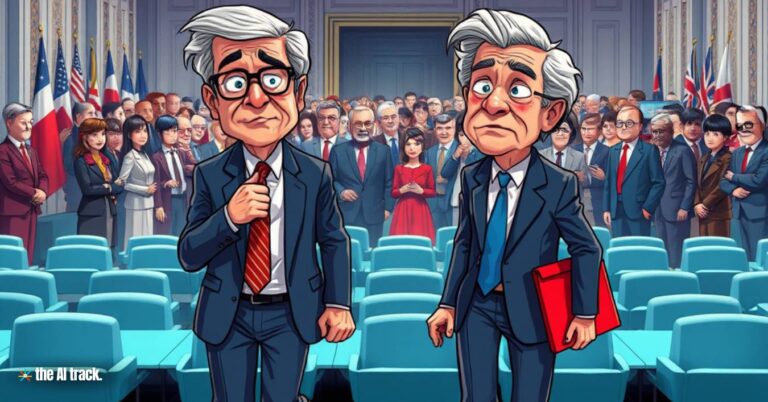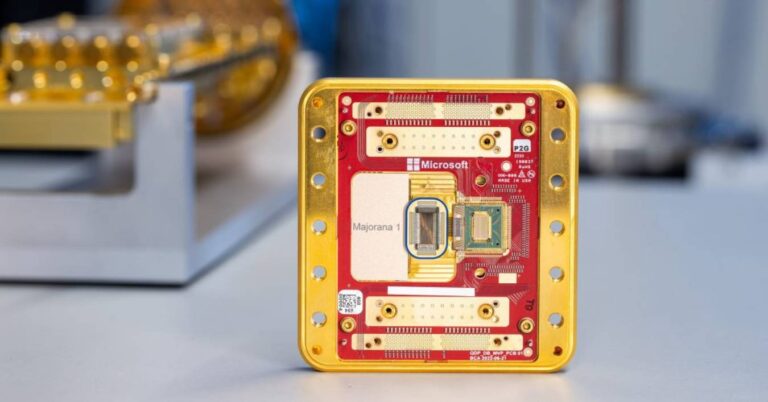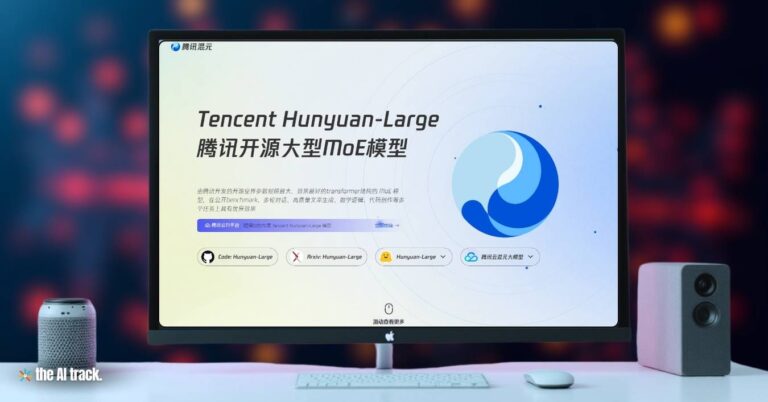Nvidia is preparing to launch a downgraded H20 AI chip in July 2025 to retain access to the Chinese market after U.S. export controls barred the original version from sale without a license. The move reflects a broader struggle between compliance and competitiveness in the AI chip market.

Nvidia to Release Downgraded H20 AI Chip for China – Key Points
Modified H20 Chip Release in July 2025:
Nvidia plans to introduce a downgraded version of its H20 AI chip in China by July 2025, according to Reuters. This comes after an April 2025 directive from U.S. authorities requiring an export license for the original model, effectively barring it from sale in China.
Significant Downgrade in Specifications:
The updated H20 AI chip will feature markedly reduced technical capabilities, especially in memory capacity, to meet newly defined U.S. regulatory thresholds. These downgrades are intended to render the chip non-military grade and compliant with the tightened export rules.
Customer-Side Performance Adjustments Possible:
Despite the constraints, Chinese clients may retain limited flexibility to reconfigure module setups post-sale. This could allow for modest performance gains while staying within legal compliance boundaries.
Jensen Huang’s Strategic Visit to China:
Nvidia CEO Jensen Huang visited Beijing in April 2025, shortly after the export rules were announced. He met with Chinese officials to emphasize China’s role as a vital part of Nvidia’s global operations and future growth strategy.
$17.1 Billion in Annual China Revenue at Stake:
Nvidia earned $17.1 billion from China in the fiscal year ending January 26, 2025—roughly 14% of its total revenue. Losing access to this market could severely impact Nvidia’s earnings, especially with China’s AI sector projected to grow to $50 billion by 2027.
$5.5 Billion Charge Due to Blocked Inventory:
Nvidia incurred a $5.5 billion write-down in Q1 2025 due to unsold AI chip inventory following the export clampdown, demonstrating the immediate financial impact of geopolitical regulation on operations.
$18 Billion in Orders at Risk:
Before the licensing shift, Nvidia had accumulated approximately $18 billion in H20 AI chip orders from Chinese firms. Downgrading the chip is seen as a measure to preserve these deals and salvage part of the pipeline.
Cycle of Iterative Downgrades to Meet Regulation:
The H20 AI chip was itself a response to prior U.S. restrictions from 2022 and 2023. Nvidia’s continued product redesigns show how tech firms navigate shifting compliance thresholds via iterative engineering compromises.
Unintended Consequences of Export Controls:
The U.S. export policy has unintentionally created a premium secondary market in China, where restricted chips like the A100 now sell for up to $20,000 and spurred Chinese firms to develop domestic alternatives. Firms have also exploited loopholes by purchasing chips via third-party entities in other countries.
Rise of Domestic Competitors and Strategic Threat:
Nvidia’s retreat from the high-end Chinese market could open opportunities for rivals like Huawei to capture local market share. This may eventually accelerate China’s efforts to achieve AI hardware independence—undermining the long-term objectives of U.S. policy.
Why This Matters:
Nvidia’s reengineering of the H20 chip exemplifies the global tech industry’s response to the growing influence of national security policy on commerce. While the downgrade allows Nvidia to temporarily maintain revenue from China, the broader trend points to a splintering global AI hardware ecosystem, fueled by regulatory friction, black markets, and nationalistic R&D. These developments may reshape global leadership in AI over the coming years.
Nvidia will manufacture AI chips and supercomputers in the U.S., investing $500B through 2029. New factories, robotics, and Omniverse tech power the move.
Read a comprehensive monthly roundup of the latest AI news!







